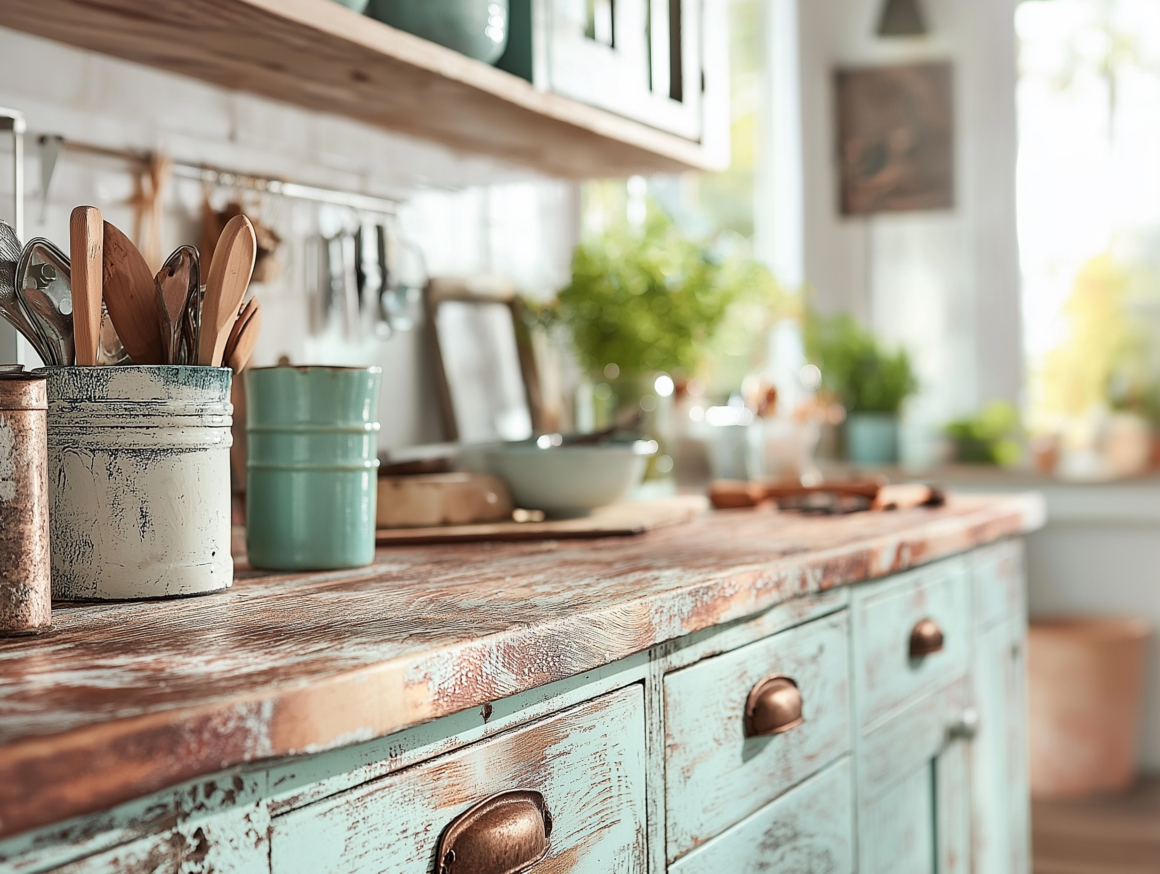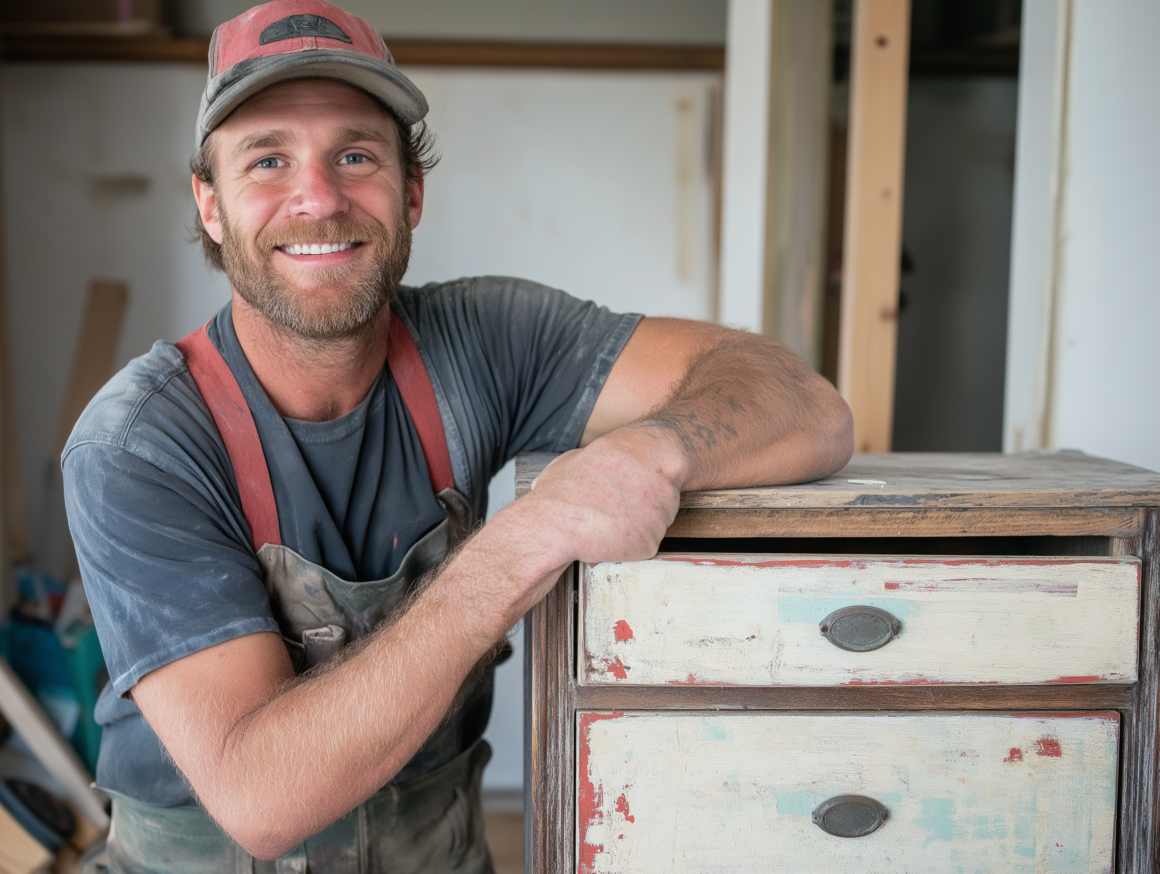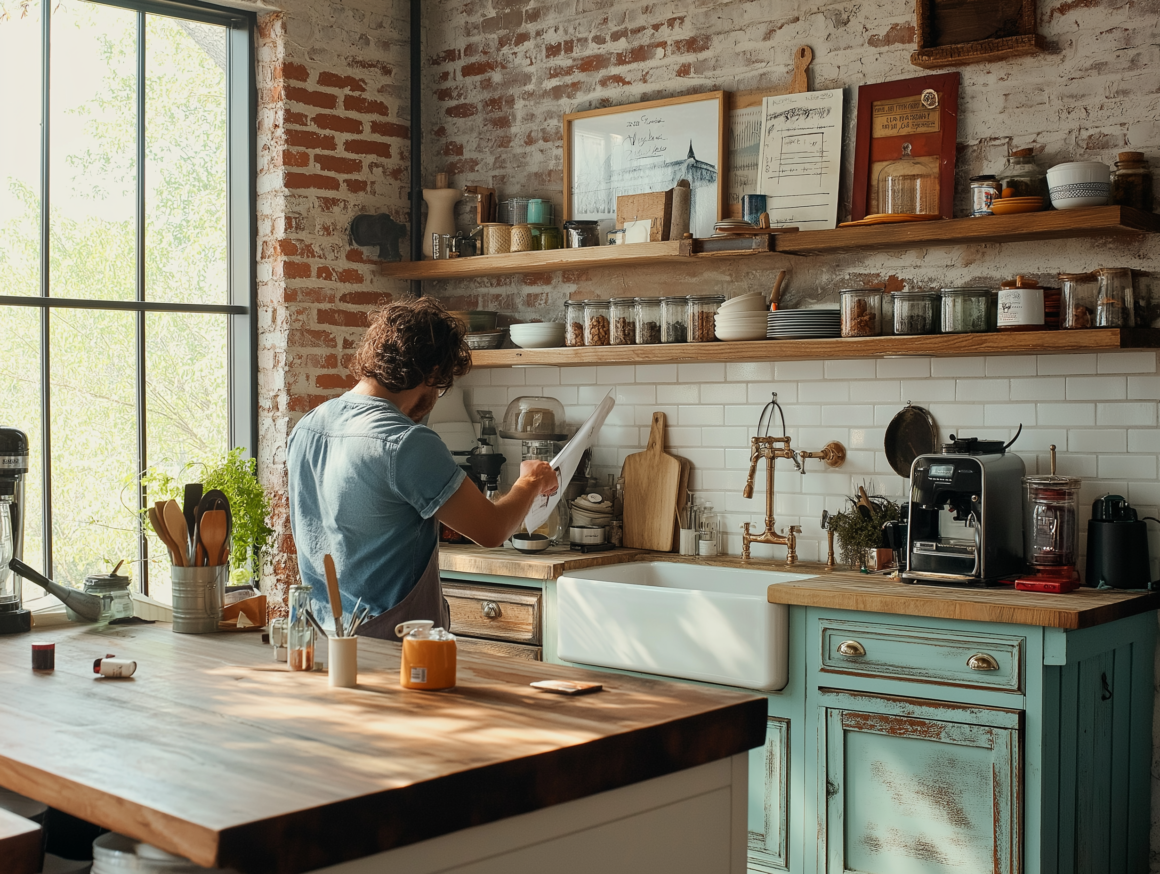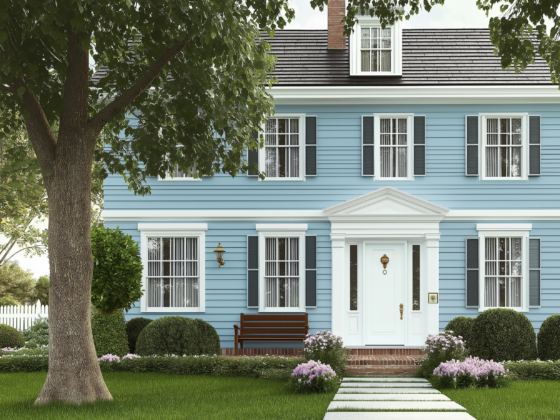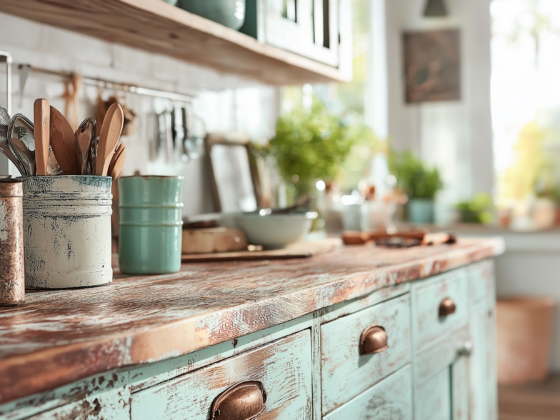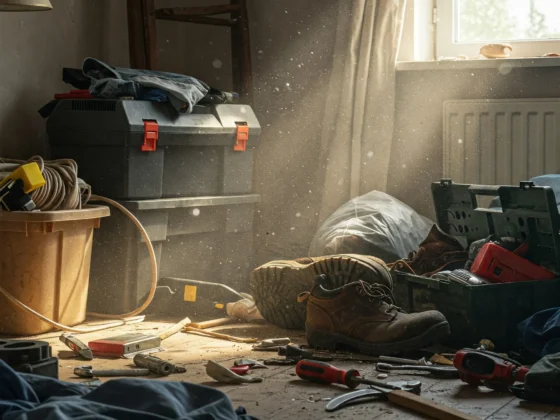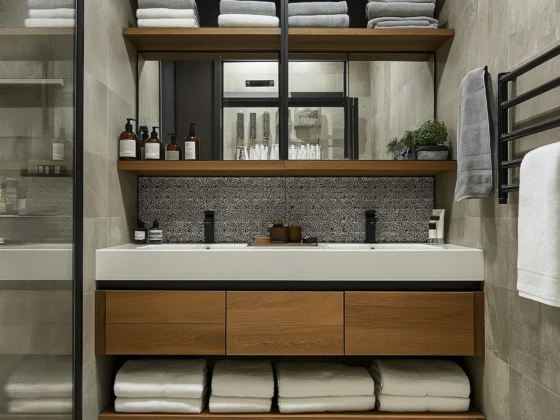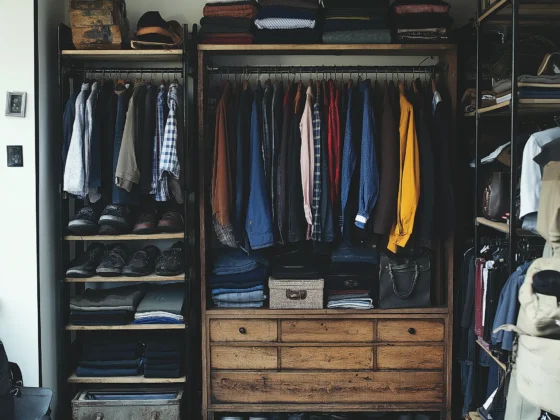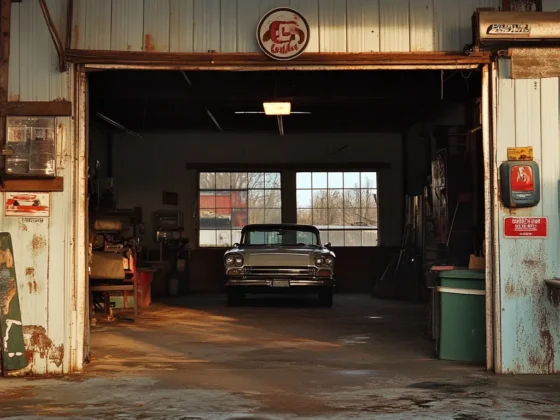Creativity goes beyond aesthetics—it’s about transforming the way we engage with the world around us. Upcycling embodies this concept, blending sustainability with innovation by turning discarded or unused items into functional, stylish pieces. In today’s world, where environmental concerns are more pressing than ever, upcycling offers a meaningful way to reduce waste while unleashing your creative potential. It’s not just about making do with what you have; it’s about rethinking the value of materials and turning them into something entirely new and personalized.
Why Upcycling Matters
At its core, upcycling is about sustainability. It reduces the demand for new resources by repurposing what already exists. While recycling breaks materials down, often requiring significant energy, upcycling simply elevates them into something better. This makes it a greener alternative, cutting down on the energy and resources typically needed for production. For example, repurposing an old wooden ladder into a bookshelf or turning fabric scraps into decorative pillows prevents these items from ending up in a landfill while giving them new purpose in your home.
More than that, upcycling shifts the focus from consumption to creativity. It encourages you to look at everyday items with fresh eyes, asking not “What is this?” but “What could this be?” This shift in perspective challenges you to see potential where others see waste, unlocking a new level of creativity that emphasizes resourcefulness, originality, and sustainability.
Practical Examples of Upcycling in Action
To dive deeper into the world of upcycling, let’s explore a few examples where sustainable creativity can be applied:
Repurposed Wood Pallets to Furniture: Old wooden pallets, often discarded by businesses, can be transformed into stunning home furniture. A common upcycling project is converting pallets into a rustic coffee table or outdoor seating. With just a bit of sanding and a coat of wood stain (such as Minwax Wood Finish Stain), you can create a sturdy and stylish piece for your living room or patio. For sealing and added durability, products like Rust-Oleum Ultimate Polyurethane offer a protective finish that ensures your furniture can withstand everyday use.
Glass Jars as Home Decor: Instead of throwing away empty glass jars from your pantry, you can repurpose them into decorative or functional home pieces. They can serve as candle holders, planters, or even stylish storage for your kitchen or bathroom. To give them a cohesive and polished look, products like Mod Podge Waterbase Sealer allow you to decoupage paper or fabric onto the surface for added texture and personalization. If you prefer a colorful touch, Krylon ColorMaster Paint + Primer can help you add a splash of color while keeping the jars looking clean and modern.
Old Windows Turned into Picture Frames: Antique window frames, which are often seen as outdated or unusable, can be creatively transformed into unique photo frames or mirrors. By removing the glass panels and giving the frame a fresh coat of paint using Rust-Oleum Chalked Paint, you can create a vintage-inspired decor piece. Adding hanging hardware like Hillman Picture Hanging Kits will help you turn these frames into functional wall art.
Upcycled Textiles into Home Goods: Leftover fabric scraps or old linens can be repurposed into decorative pillows, reusable shopping bags, or even patchwork quilts. This is a perfect project for beginner sewers looking to upcycle textiles and avoid throwing away fabric remnants. A simple tool like the Singer Heavy Duty Sewing Machine allows you to stitch together fabric pieces with ease. To create visually appealing patterns, you can incorporate Simplicity Fabric Cutting Tools for precise cuts, ensuring your final product is neat and polished.
The Creative and Environmental Payoff
The art of upcycling is a rewarding blend of creativity and sustainability, offering you the chance to create unique, personalized pieces while reducing waste and minimizing your environmental impact. Each upcycled project not only breathes new life into old materials but also makes a statement about conscious living. By upcycling, you contribute to the global effort of reducing resource consumption and waste, all while flexing your creative muscles.
Moreover, upcycling projects often result in one-of-a-kind items that can’t be found in stores, giving your home a distinct look that reflects your personal style. Whether it’s an upcycled pallet coffee table or custom-built shelving from reclaimed wood, these creations tell a story—not just of the item itself but of your commitment to sustainability and creative ingenuity.
Conclusion
Upcycling is more than just a trend; it’s a way of living that merges creativity with environmental consciousness. It challenges you to think beyond the conventional and embrace sustainability in your home improvement projects. With the right tools, a bit of vision, and a commitment to repurposing, the possibilities are endless. Every time you upcycle, you’re not just making something new—you’re taking a stand for a more sustainable, thoughtful approach to how we create and consume.
What old items in your home are waiting for a creative transformation? Let’s start upcycling and turn discarded materials into works of art.



